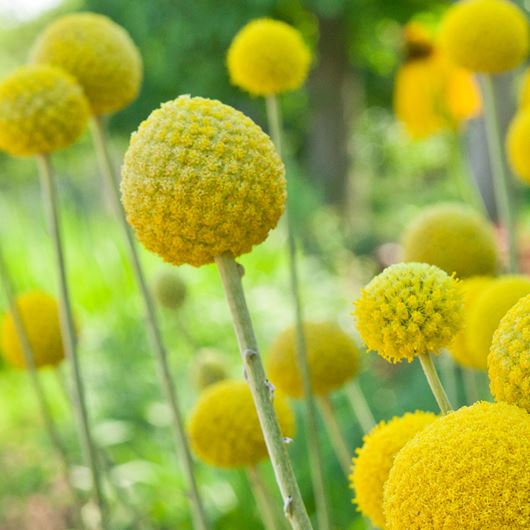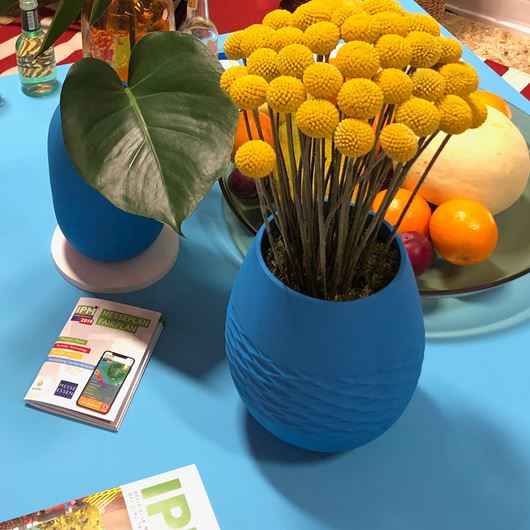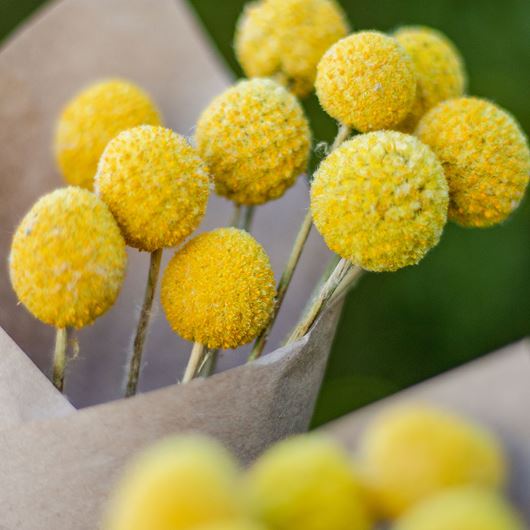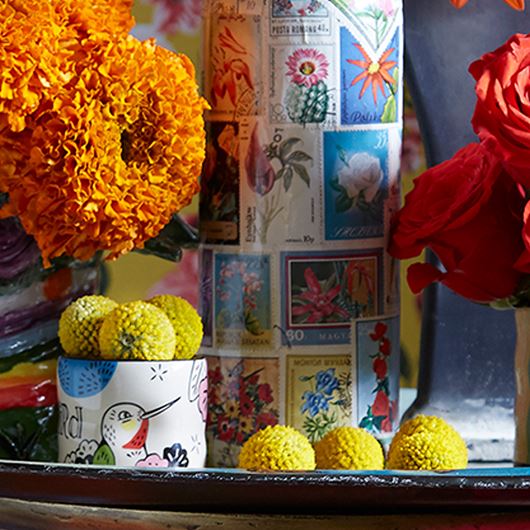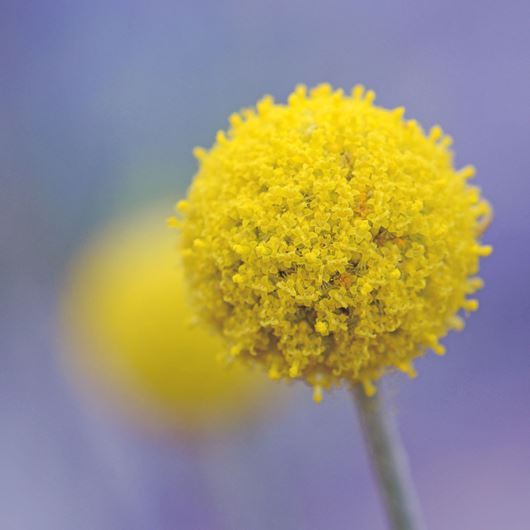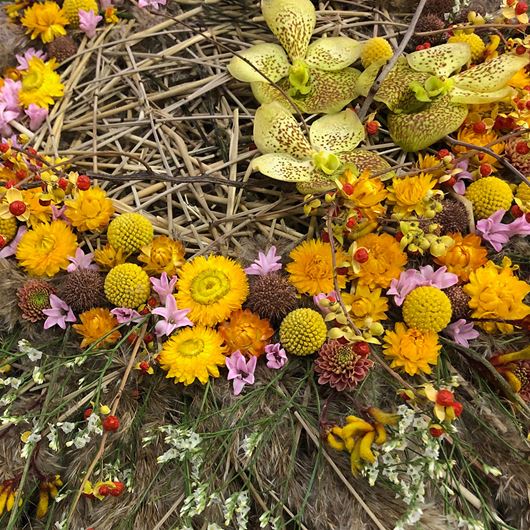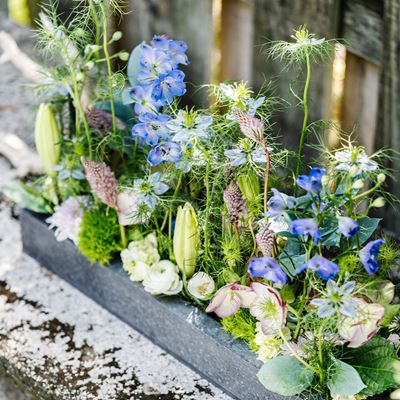Completing our 2023 lookbook series, our sixth and final trend, ATMOSPHERIC, pays homage to our planet's habitats at large. This trending macro view gathers an immersive palette of cool hues, borrowed from the oceans and forests, and pairs it with glowing bright white.
Mathematical Perfection Meets Funky Floral: Discover the Oddball Whimsy of Nature's Drumsticks
With its unique shape and youthful charm, it's easy to understand the fascination behind nature's drumsticks: Craspedia. A herbaceous perennial native to Australia and New Zealand, Craspedia goes by many names, including Billy balls, Billy buttons, woollyheads, globe yarrow and drumsticks—all referencing the flower's quirky appearance.
A member of the Asteraceae family, the genus includes about 23 species, most of which can be found in all of Australia except the Northern Territory. Across the different varieties, their flower heads are widely similar, but their foliage can range in color from white to green.
Craspedia typically grows up to 152 cm in height and features a woolly texture extending throughout its foliage and slim, unbranched stems. Its most notable characteristic is the vibrant, ball-shaped flower clusters that form at the top of each stem. These clusters are made up of symmetrically arranged, yellow florets and measure up to 2.5 cm in diameter; among certain species (like Craspedia uniflora), these can grow larger. All elements combined contribute to this drumstick-like look, hence the common name drumsticks (or golden drumsticks).
Its strong visual appearance and joyful hue make Craspedia a favorite among florists for adding playful texture and a rush of color to fresh arrangements. They are also prized for their use in dried arrangements, as their stems dry easily and retain much of their color throughout the drying process.
FUN FACTS
• A member of the Asteraceae family, the 23 species of Craspedia grow in various locations across its native homeland of Australia and New Zealand. It is found most prominently in Australia, though, with 17 of 23 species being identifiable there.
• The flower's name is derived from the Greek word "kraspedon" (meaning fringed edge), in reference to the woolly texture found on the leaves of certain species.
• The common name drumsticks (or golden drumsticks) comes from the flower's appearance. Similar in shape to the musical instrument, Craspedia features ball-shaped clusters located at the tops of its slim, unbranched stems.
• Looking for a low maintenance bloom to plant in your home garden? Craspedia may be the right fit for you. This perennial can grow in a wide range of soil types, doesn't require much watering, and is resistant to most pests and diseases.
• Craspedia's flowering heads can reach the size of a tennis ball!
• Craspedia retains its color for a year or more when dried, making it a popular choice among floral designers for dry arrangements. Regardless of being fresh cut or dried, its stems typically boast a very long vase life.
• For the math enthusiasts out there, Craspedia's globe-shaped flowers should be regarded as mathematical perfection! The tiny florets arranged within each sphere mimic a perfect Fibonacci spiral.
• In the language of flowers, it is said that Craspedia symbolizes good health.
